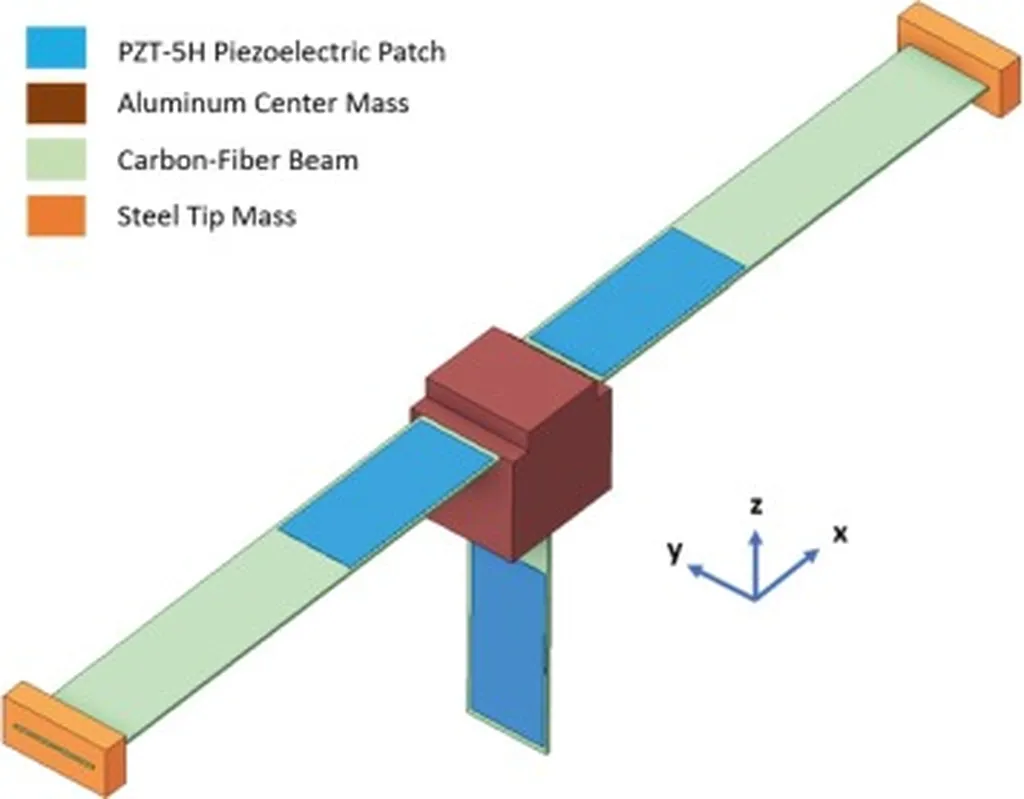In the ever-evolving world of construction, a recent study published in the *Advances in Civil Engineering* (translated from Chinese) is set to revolutionize how we design and build joints in T-shaped beams, particularly in the energy sector. The research, led by Zhengxing Chen from the Zhejiang Highway and Water Transport Engineering Consulting Group Co., Ltd., delves into the flexural behavior and design calculation methods of joints with bar details, offering insights that could significantly enhance the efficiency and safety of construction projects.
The study focused on three types of joints: linear bar, hooped-bar, and headed-bar, examining their force transmission mechanisms. Through bending tests on 10 specimens and finite element analysis (FEA) on 17 specimens, Chen and his team investigated the effects of steel bar connection form, lap length, arrangement method, and joint shape on capacity and ductility. The findings are nothing short of groundbreaking.
“Our research has shown that hooped-bar joints outperform other types in terms of joint performance,” Chen explained. “When we reduced the single-side lap length to 120 mm (10 d), both bearing capacity and ductility improved. Moreover, arranging the hooped-bar in a staggered manner further enhanced these properties compared to an overlapping arrangement.”
The study also found that the lap length for headed-bar joints should not be less than 150 mm to ensure optimal performance. “We recommend a lap length within the range of 183–240 mm to fully utilize the material and ensure good resistance,” Chen added.
The implications of this research for the energy sector are profound. By optimizing the design of joints, construction projects can achieve higher bearing capacities and ductility, leading to safer and more efficient structures. This is particularly crucial in the energy sector, where the integrity of construction is paramount.
Looking ahead, this research could shape future developments in the field by providing a more scientific approach to designing bar connection details. As Chen noted, “Our findings offer a more precise method for calculating the lap length and spacing of hooped-bar joints in staggered arrangements, which can be incorporated into future design standards.”
In conclusion, this study published in the *Advances in Civil Engineering* (translated from Chinese) marks a significant step forward in the field of construction. By offering a deeper understanding of the flexural behavior and design calculation methods of joints with bar details, it paves the way for more efficient, safer, and cost-effective construction practices, particularly in the energy sector. As the industry continues to evolve, the insights gained from this research will undoubtedly play a crucial role in shaping the future of construction.

